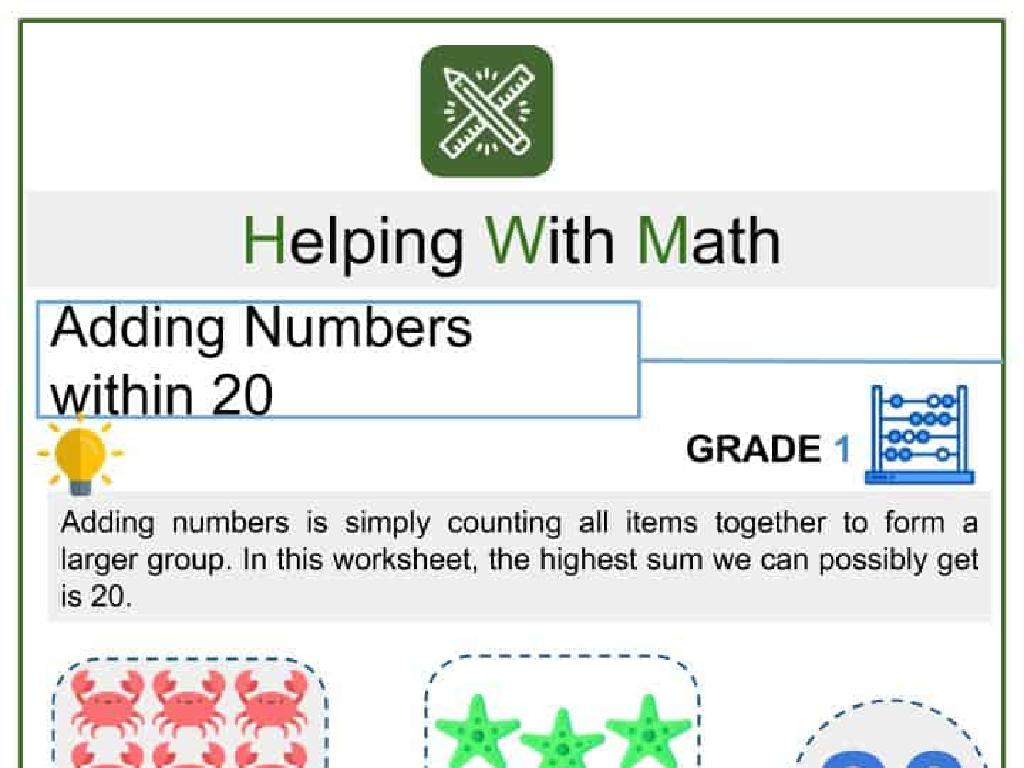Car Buying
Subject: Life skills
Grade: High school
Topic: Financial Literacy
Please LOG IN to download the presentation. Access is available to registered users only.
View More Content
Introduction to Car Buying
– Financial literacy in car buying
– Understanding costs and budgeting is essential for a wise purchase.
– Key terms: MSRP, Down Payment, etc.
– MSRP: Manufacturer’s Suggested Retail Price. Down Payment: Initial payment. Interest Rates: Cost of borrowing money. Loan Term: Duration of the loan.
– Informed decisions are crucial
– Making a bad decision can lead to debt and financial stress.
– Impact of choices on finances
|
This slide introduces students to the concept of financial literacy within the context of car buying, an important life skill. It’s crucial to understand the financial implications of purchasing a vehicle, including the total cost of ownership beyond the sticker price. Key terms such as MSRP, down payment, interest rates, and loan term are essential for students to grasp in order to navigate car buying effectively. Emphasize the importance of making informed decisions to avoid long-term financial burdens. Discuss how each term affects the overall cost and the importance of shopping around for the best financing options. Encourage students to consider the long-term impact of their choices on their personal finances.
Budgeting for a Car Purchase
– Creating a car buying budget
– Consider income, savings, expenses
– Factor in your earnings, savings, and regular bills
– Example: Car budget plan
– E.g., Monthly income: $2000, Savings: $5000, Expenses: $1500, Budget for car: $500/month
– Balancing cost with needs
|
This slide aims to educate high school students on the financial literacy aspect of car buying, specifically budgeting. Start by explaining the importance of creating a budget before making a significant purchase like a car. Discuss how to consider various financial aspects such as income, savings, and monthly expenses. Provide a simple example of a car budget plan to illustrate how to allocate funds responsibly. For instance, if a student has a monthly income of $2000, savings of $5000, and monthly expenses of $1500, they could budget $500 per month towards a car purchase. Emphasize the importance of not overspending and ensuring that the cost of the car aligns with their financial situation and needs. Encourage students to create their own budget plans as a class activity, considering their hypothetical or actual financial circumstances.
New vs. Used Cars: Making an Informed Choice
– Pros and cons of new cars
– New cars have the latest features but are more expensive and depreciate quickly.
– Pros and cons of used cars
– Used cars are more affordable but may have hidden costs and less warranty.
– Understanding depreciation
– The value of a car decreases fastest in the first few years after purchase.
– Researching and comparing cars
– Use online tools and resources to compare car prices, features, and history.
|
This slide aims to help students understand the important considerations when choosing between a new or used car. Discuss the advantages of new cars, such as advanced technology and full warranties, against the higher cost and rapid depreciation. Contrast this with the benefits of used cars, mainly cost savings, and the potential downsides like out-of-warranty repairs. Explain depreciation as a key factor in the car’s value over time, emphasizing that new cars lose value faster. Guide students on how to effectively research and compare different car options by using reliable automotive websites, checking vehicle history reports, and considering total ownership costs. Encourage critical thinking by having students weigh the long-term financial impacts of their choices.
Understanding Car Loans
– What is a car loan?
– A car loan is borrowed money to purchase a car, paid back with interest over time.
– Interest rates and total cost
– Higher interest rates increase the overall cost of purchasing a car.
– Calculating monthly payments
– Monthly payments depend on loan amount, interest rate, and loan term.
– Using a loan calculator effectively
– Online calculators help estimate payments and total interest paid.
|
This slide aims to educate students on the basics of car loans, a critical aspect of financial literacy when considering purchasing a vehicle. A car loan is a financial agreement where a lender provides funds for a car purchase, and the borrower repays with interest over a set period. Interest rates significantly affect the total cost of the car, with higher rates leading to a more expensive purchase. Students should learn how to use loan calculators to understand the implications of different loan terms and interest rates on their monthly payments. This knowledge is essential for making informed decisions about car buying and managing personal finances effectively.
Negotiating a Car Purchase
– Tips for effective price negotiation
– Research, stay calm, be ready to walk away
– Dealer incentives and rebates
– Incentives lower the sale price, rebates are post-purchase
– Role-play: Practice negotiation
– Simulate a car purchase scenario with classmates
– Strategies for successful bargaining
– Use information, timing, and silence as tools
|
This slide is designed to equip students with the necessary skills to negotiate a car purchase effectively. Start by discussing the importance of research and understanding the car’s market value. Emphasize the power of staying calm and the option to walk away if the deal isn’t right. Explain how dealer incentives and rebates can affect the final price. For the role-play activity, provide guidelines for students to simulate a negotiation, assigning roles of buyer, seller, and observer. Encourage students to use the strategies discussed to negotiate and reflect on what tactics were most effective. This activity will help students gain confidence and practical skills in negotiation.
Insurance and Maintenance for Your Car
– Understanding car insurance necessity
– Protects against accidents, theft, and liabilities. Types: Liability, Collision, Comprehensive, etc.
– Estimating maintenance costs
– Regular check-ups, oil changes, and unexpected repairs can add up.
– Shopping for insurance
– Compare rates, coverage options, and customer reviews.
– Finding maintenance services
– Look for certified mechanics and service centers with warranties.
|
This slide aims to educate students on the critical aspects of car ownership beyond the purchase price: insurance and maintenance. Discuss the various types of car insurance, emphasizing the protection it offers against financial loss due to accidents, theft, and other liabilities. Encourage students to research and estimate the ongoing costs of car maintenance, including routine servicing and potential repairs. Teach them how to effectively shop for insurance by comparing different providers, plans, and customer feedback. Finally, guide them on how to find reliable maintenance services, stressing the importance of certified mechanics and the value of service warranties. This knowledge is essential for responsible car ownership and financial planning.
Finalizing the Car Purchase
– Steps to finalize car purchase
– Review and understand the contract
– Contract details like price, fees, warranty, and terms should be clear.
– Expectations at the dealership
– Anticipate paperwork, negotiations, and potential upsells.
– Final checklist before purchase
– Verify car condition, financing terms, and all agreements in writing.
|
This slide aims to prepare students for the final steps in purchasing a car. It’s crucial to walk them through the process, emphasizing the importance of understanding the contract they are signing, which includes the price, any additional fees, warranty information, and the terms of the agreement. Students should be made aware of what to expect at the dealership, such as finalizing financing, insurance, and dealing with last-minute sales pitches for add-ons. The final checklist is a reminder to review everything carefully, ensuring the condition of the car is as agreed upon, and that all financial terms are fully understood and documented. Encourage students to ask questions and seek clarification on anything they do not understand before signing the contract.
Class Activity: The Car Buying Challenge
– Form groups for car buying scenario
– Create a budget and select a car
– Negotiate a deal for your car
– Present strategy and reflections
|
In this interactive class activity, students will apply their knowledge of financial literacy to a real-world scenario: buying a car. Divide the class into small groups and provide each with a unique car buying situation, including factors like budget constraints, needs, and preferences. Each group will then create a budget, research to choose a suitable car within their budget, and role-play negotiating a deal with a dealer. After the activity, groups will present their chosen strategy, the rationale behind their car choice, and the negotiation process. They will also share their learning reflections. For the teacher: Prepare diverse scenarios, ensure each group has access to car buying resources, and guide them on how to create a realistic budget and negotiate effectively. Possible scenarios could include buying a new vs. used car, considering fuel efficiency, or prioritizing safety features.





